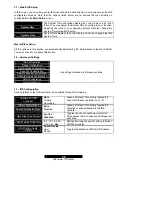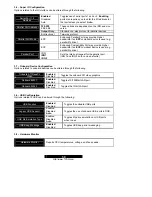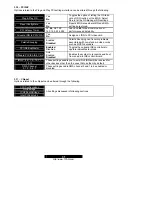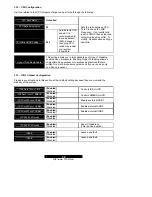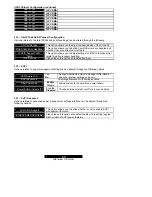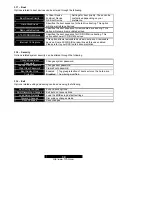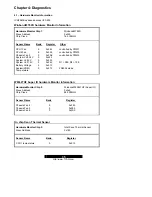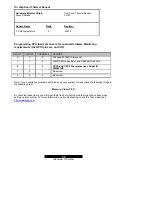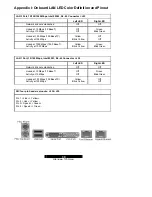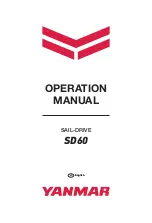
42
http://www.TYAN.com
Form factor:
an industry term for the size, shape, power supply type, and external connector type
of the Personal Computer Board (PCB) or mo therboard. The standard form factors are the AT and
ATX, although TYAN also makes some Baby-AT and ATX Footprint boards.
Global timer:
onboard hardware timer, such as the Real -Time Clock (RTC).
Handshaking:
a form of encryption. One system, typically the server, sends an encryption
scheme to another agent, typically a client. Thus, the client’s data is protected during transmittal to
the server.
HDD:
stands for Hard Disk Drive, a type of fixed drive.
H-SYNC:
controls the horizontal synchronization/prope rties of the monitor.
IC (Integrated Circuit):
the formal name for the computer chip.
IDE (Integrated Device/Drive Electronics):
a simple, self-contained HDD interface. It can handle
drives up to 8.4 GB in size. Almost all IDEs sold now are in fact Enhanced IDEs (EIDEs), with
maximum capacity determined by the hardware controller.
IDE INT (IDE Interrupt):
a hardware interrupt signal that goes to the IDE.
I
/O (Input/Output):
the connection between your computer and another piece of hardware
(mouse, keybo ard, etc.)
Initial Program Load (IPL):
a feature built into BBS -compliant devices, describing those devices
as capable of loading and executing an OS, as well as being able to provide control back to the
BIOS if the loading attempt fails.
IPL:
see Initial Program Load.
IRQ (Interrupt Request):
an electronic request that runs from a hardware device to the CPU. The
interrupt controller assigns priorities to incoming requests and delivers them to the CPU. It is
important that there is only one device hooked up to each IRQ line; doubling up devices on IRQ
lines can lock up your system. Plug -n-Play operating systems can take care of these details for
you.
ISA (Industry Standard Architecture):
a slower 8 - or 16-bit bus (data pathway).
Latency:
the amount of time that one part of a system spends waiting for another part to catch up.
This is most common when the system sends data out to a peripheral device, and it waiting for the
peripheral to send some data back (peripherals tend to be slower than onboard syste m
components).
Mirroring:
see RAID.
NVRAM:
ROM and EEPROM are both examples of Non -Volatile RAM, memory that holds its data
without power. DRAM, in contrast, is volatile.
OEMs (Original Equipment Manufacturers):
Compaq or IBM package other companies’
motherboards and hardware inside their case and sell them.
Parallel port:
transmits the bits of a byte on eight different wires at the same time (that is, in
parallel form, eight bits at the same time).

